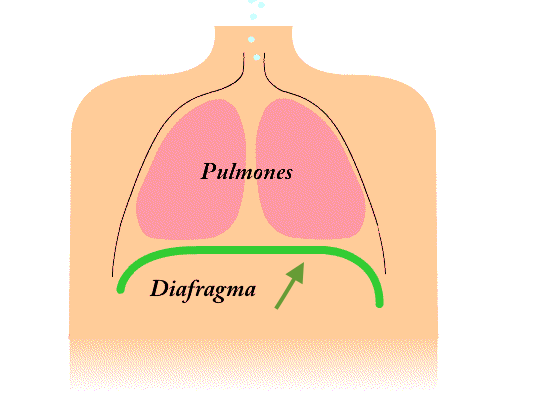7 Steps Diaphragmatic Breathing for Anxiety Reduction

Diaphragmatic breathing removes the “fight or flight” or stress response from the body. Diaphragmatic breathing reduces anxiety and depression. Slow-breathing training with a breathing rate at 6 breaths/min, meets the key requirements of diaphragmatic breathing. Belly breathing or diaphragmatic breathing can help you use your diaphragm properly. Do belly breathing exercises when you’re feeling relaxed and rested.
“In each breath you are born again – a new life, a new story, a new celebration.” — Amit Ray

In each breath you are born again – a new life, a new story, a new celebration. — Amit Ray
This technique also goes by the names of diaphragmatic breathing, abdominal breathing, belly breathing, and paced respiration. Shallow breathing limits the diaphragm’s range of motion. The lowest part of the lungs doesn’t get a full share of oxygenated air. That can make you feel short of breath and anxious. Deep abdominal breathing encourages full oxygen exchange — that beneficial for the incoming oxygen and outgoing carbon dioxide.
Diaphragmatic breathing technique is very easy – breathe in slowly through your nose, allow your chest and lower belly to rise as you fill your lungs. Let your abdomen expand fully. Now breathe-out slowly through your nose.
Do this practice of diaphragmatic breathing for 5 to 10 minutes 3 to 4 times per day.
When you begin you may feel tired, but over time the technique should become easier and should feel more natural. The details are as follows:
- Lie on your back with your knees slightly bent and your head on a pillow.
- You may place a pillow under your knees for support.
- Place one hand on your upper chest and one hand below your rib cage, allowing you to feel the movement of your diaphragm.
- Slowly inhale through your nose, feeling your stomach pressing into your hand.
- Keep your other hand as still as possible.
- Exhale using pursed lips as you tighten your stomach muscles, keeping your upper hand completely still.
- You can place a book on your abdomen to make the exercise more difficult.

Diaphragmatic breathing
Once you learn how to do belly breathing lying down, you can practice that while sitting in a chair. You can then practice the technique while performing your daily activities. Diaphragmatic breathing improves metabolism, immunity, and mental processing, including memory and emotional appraisal.